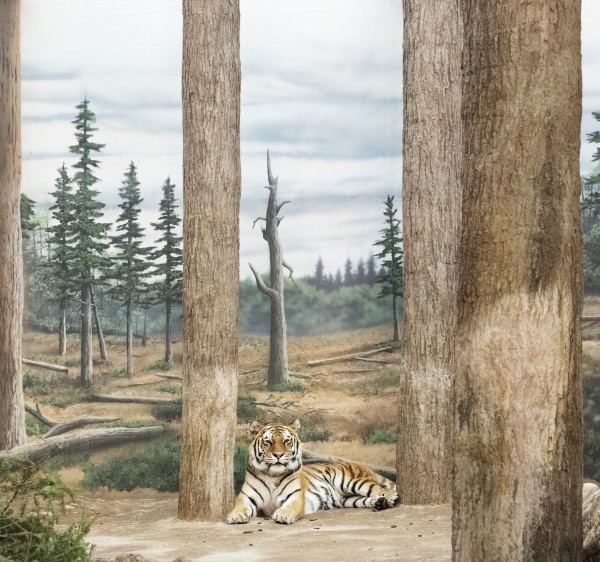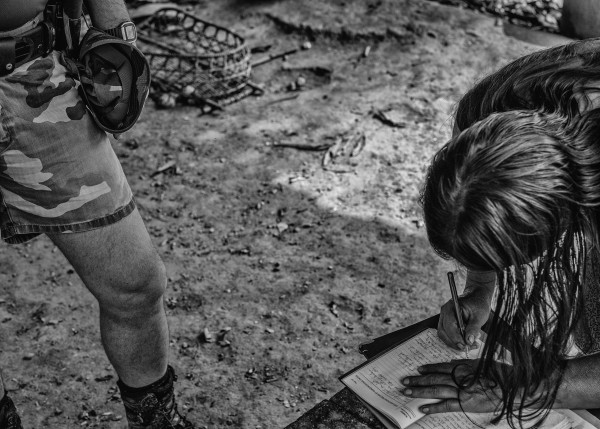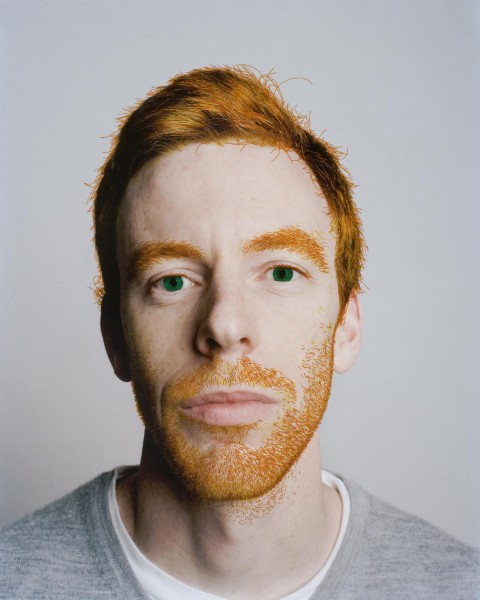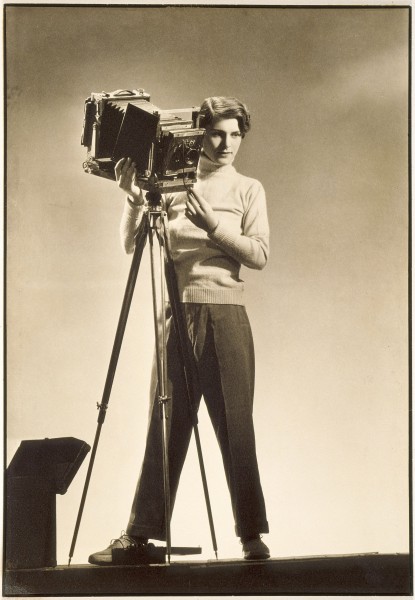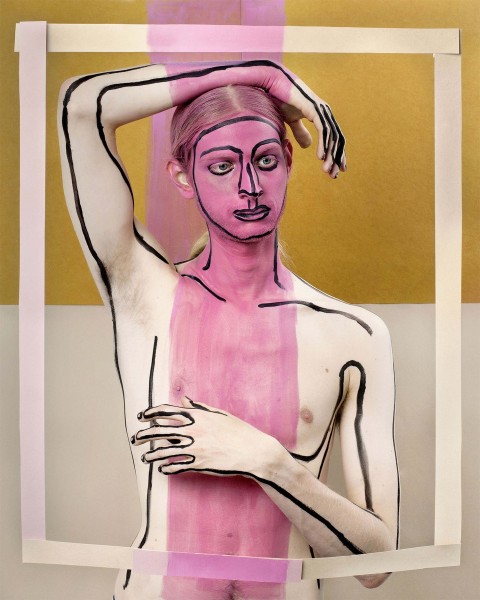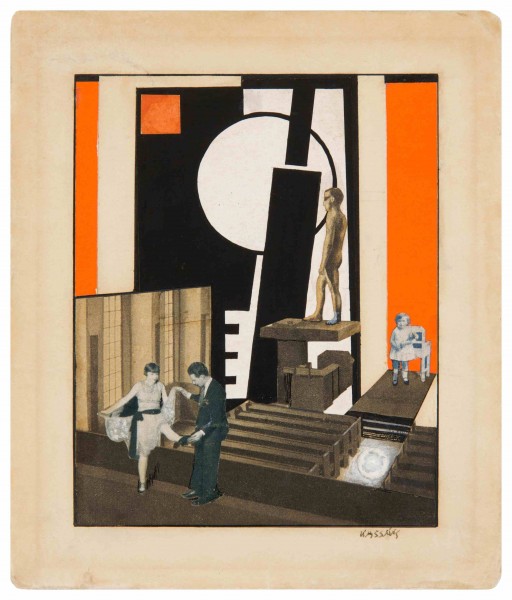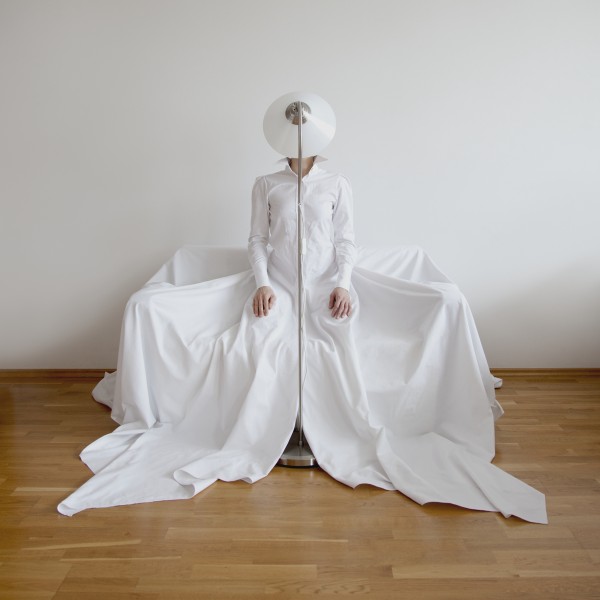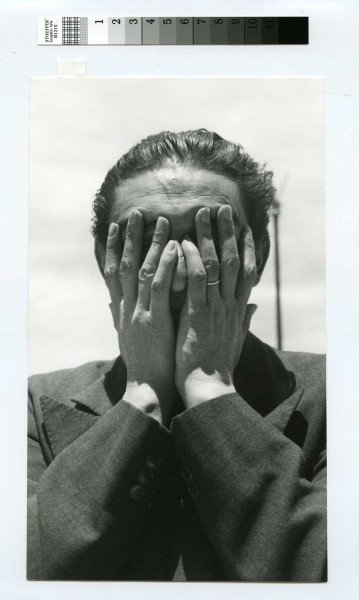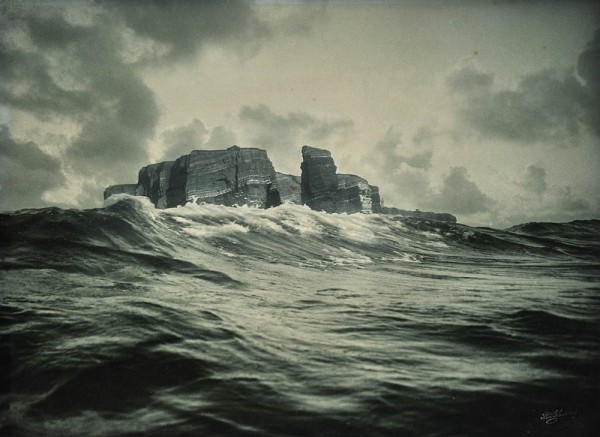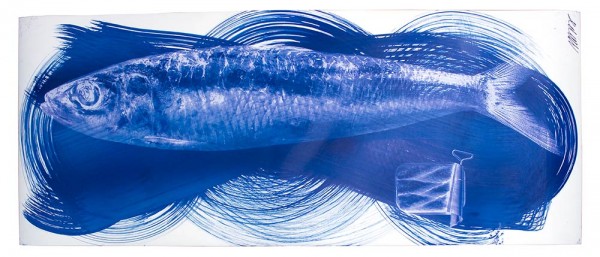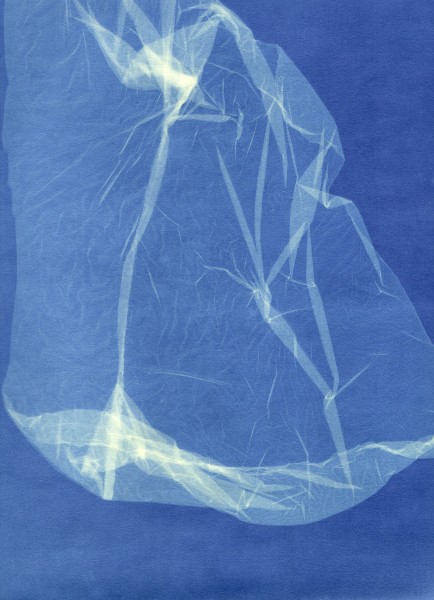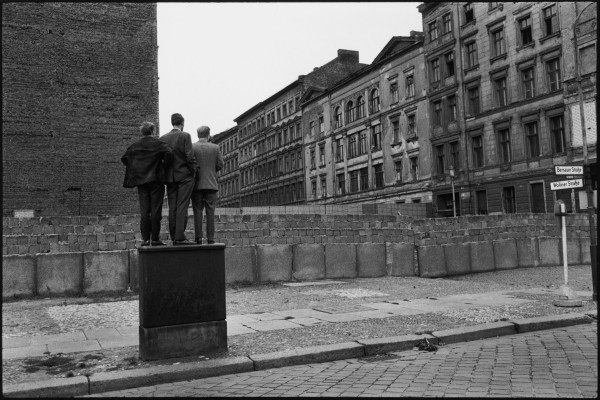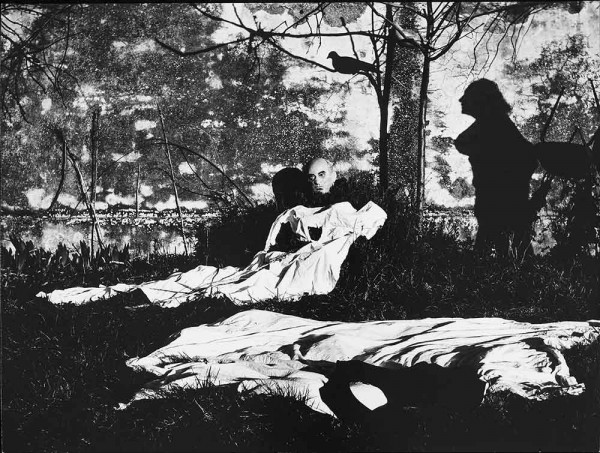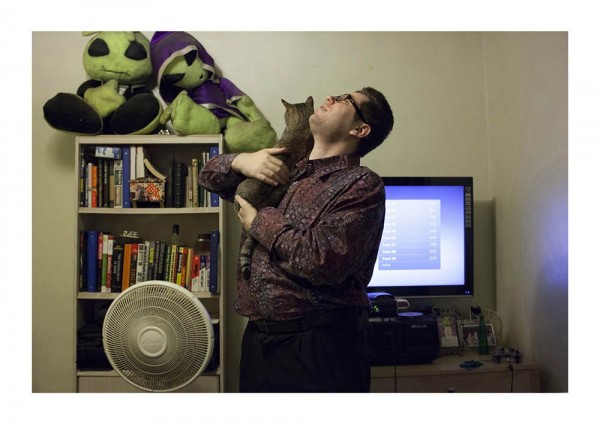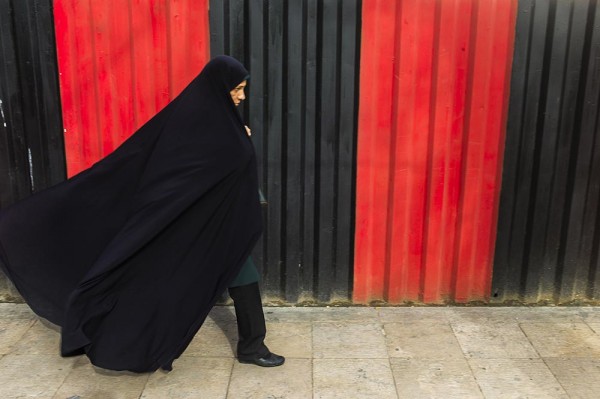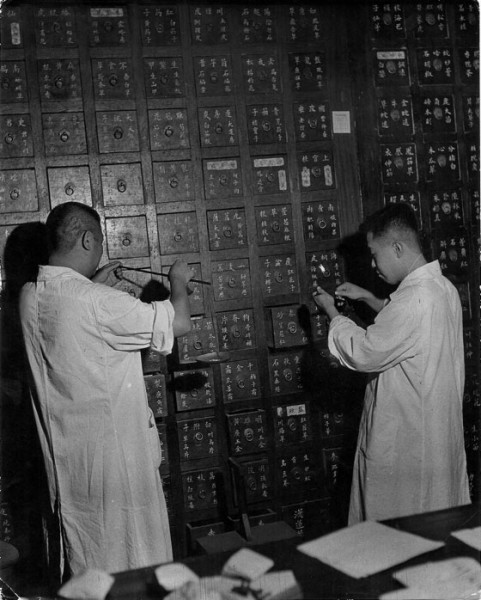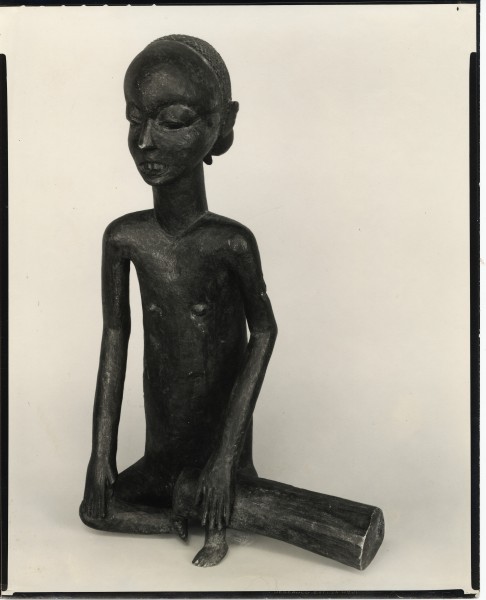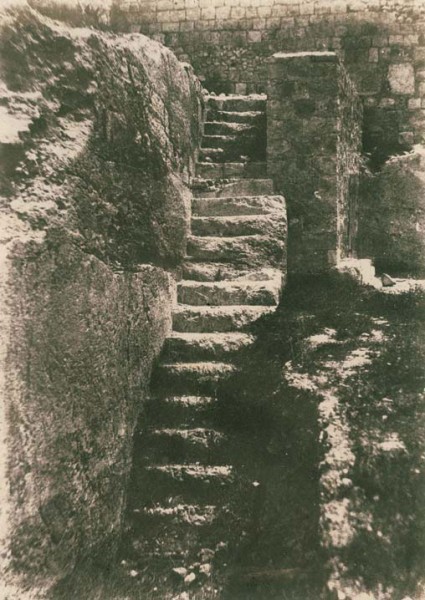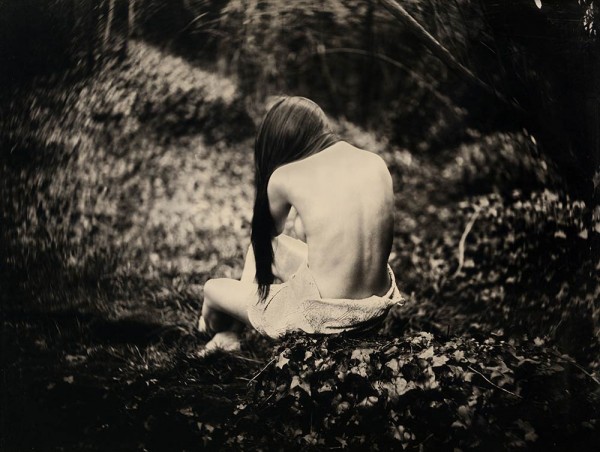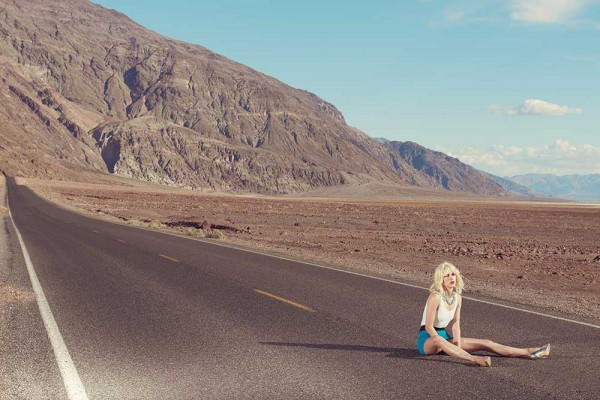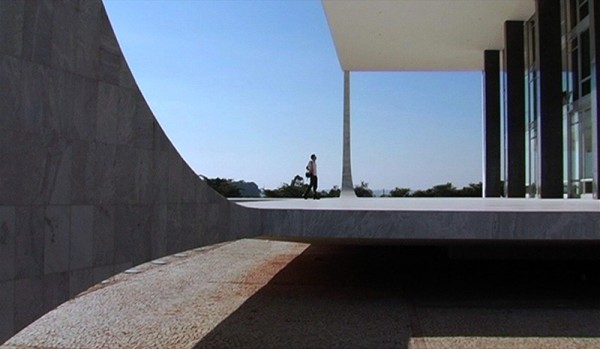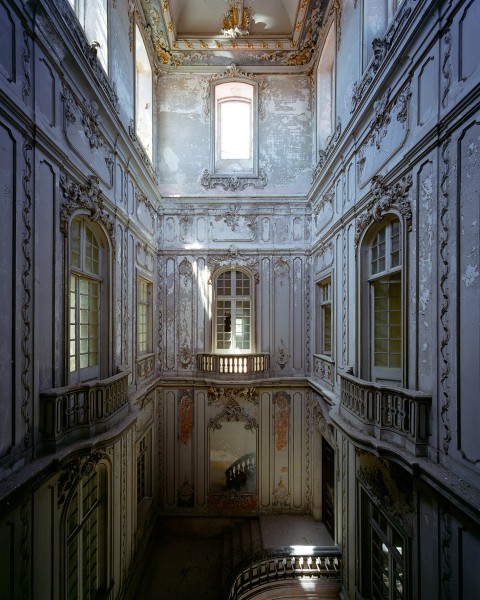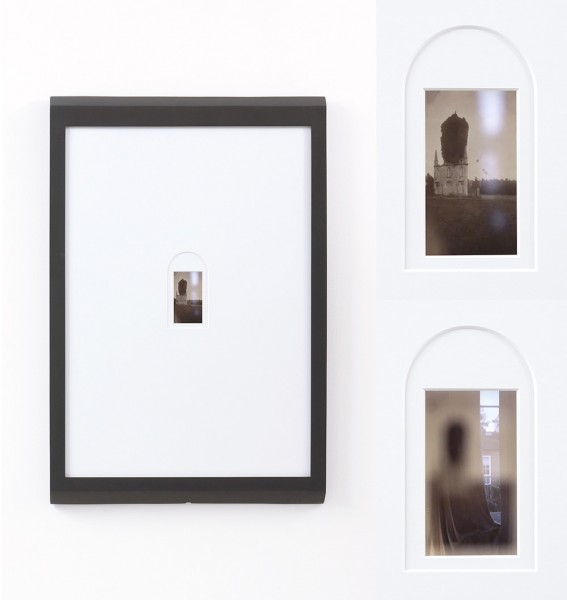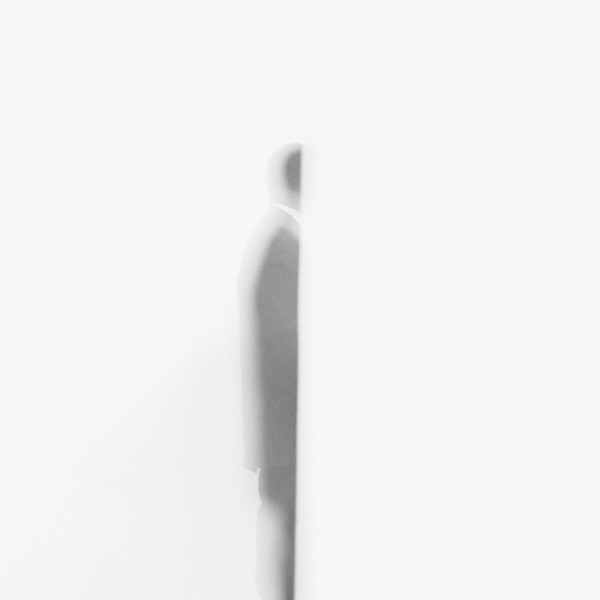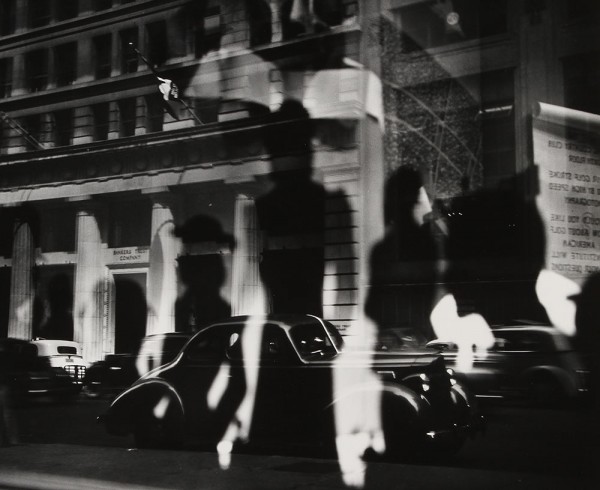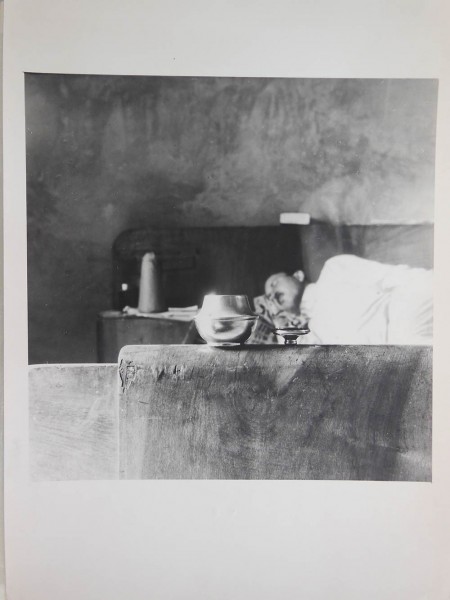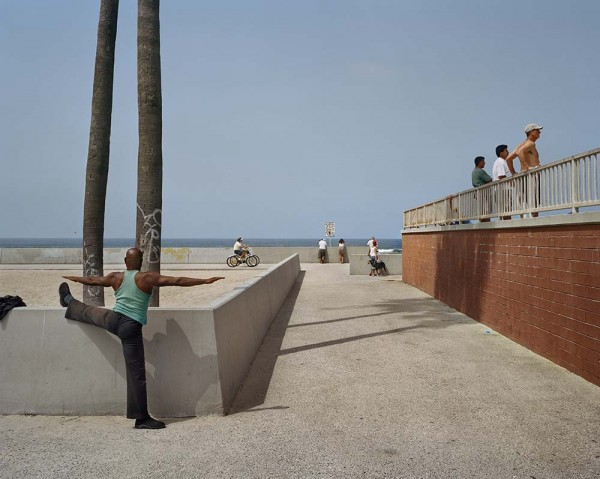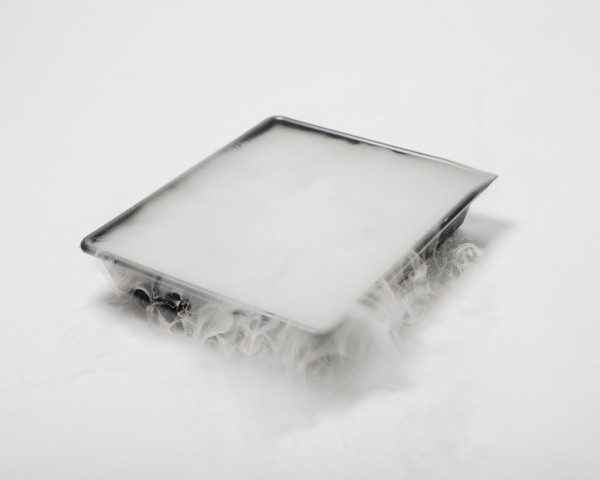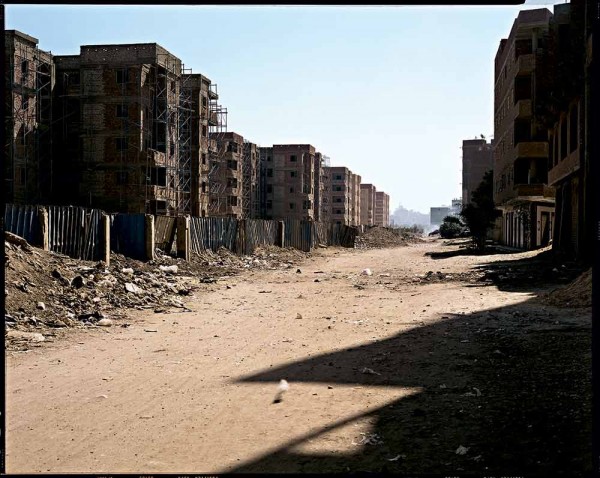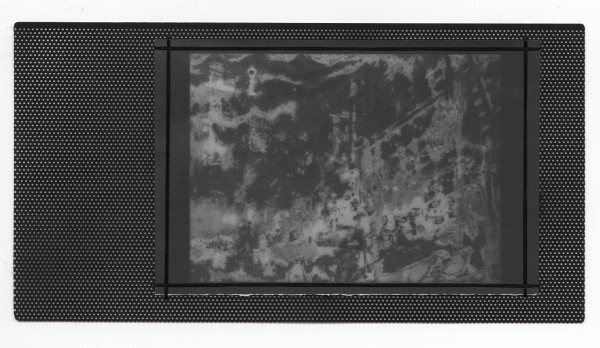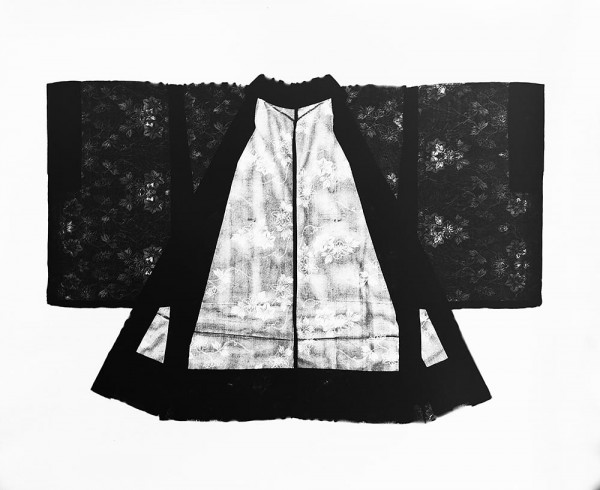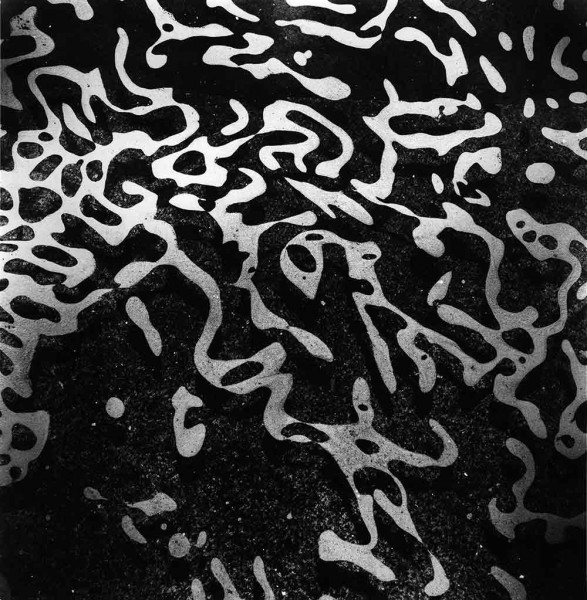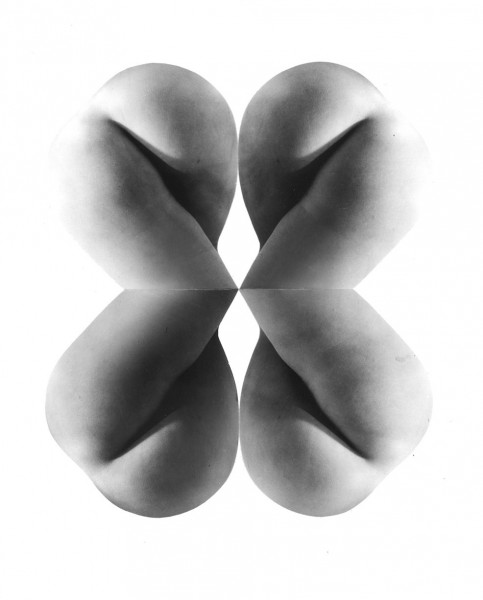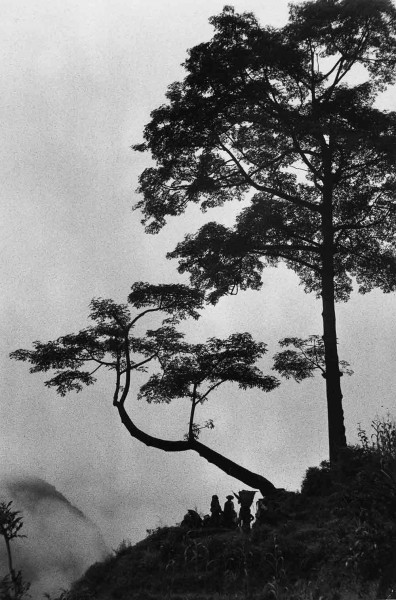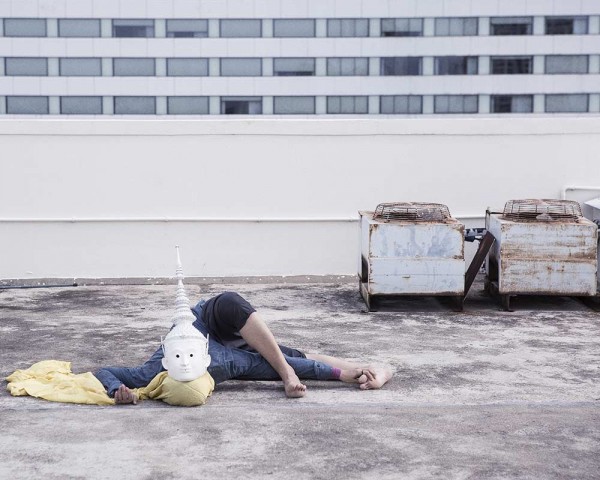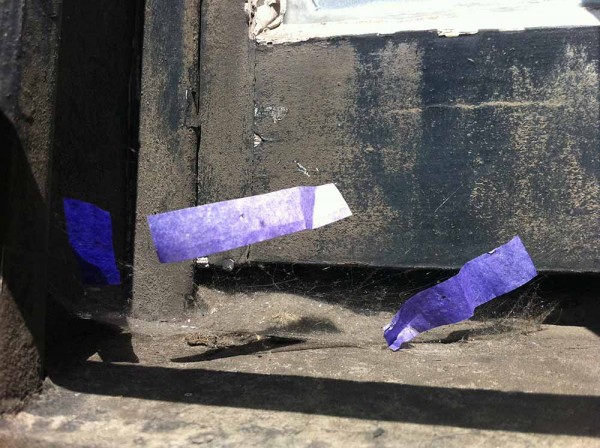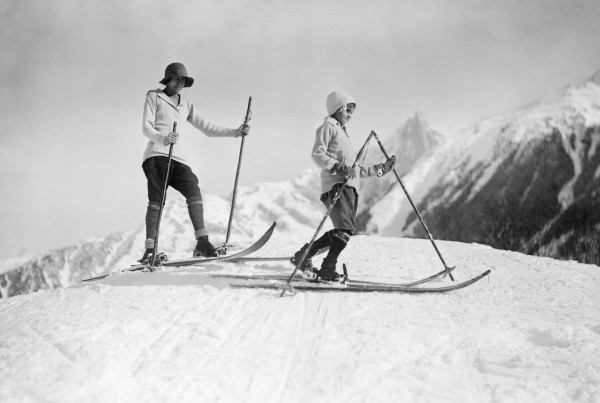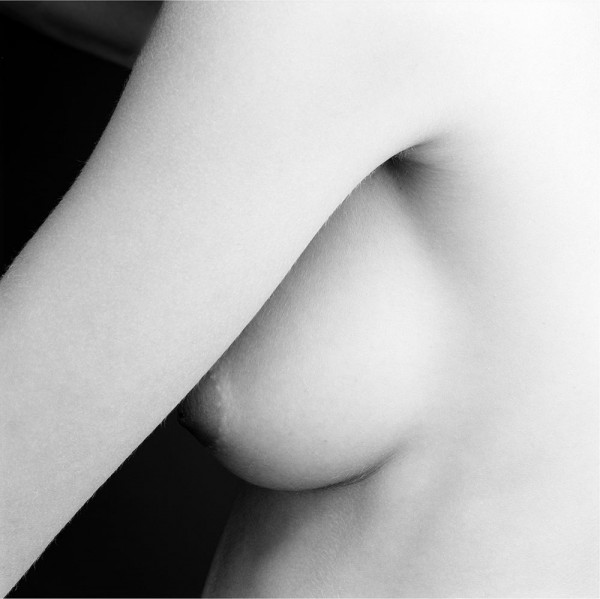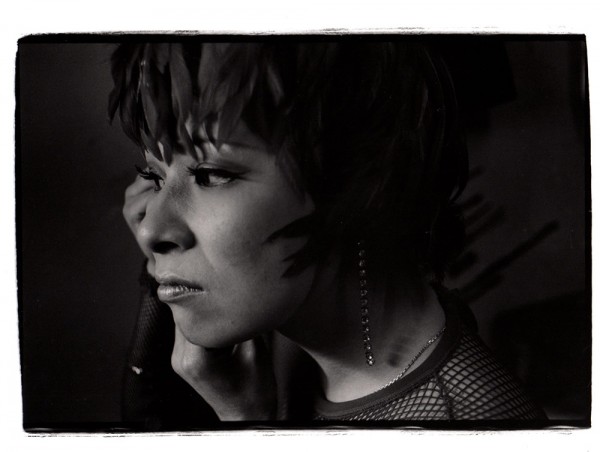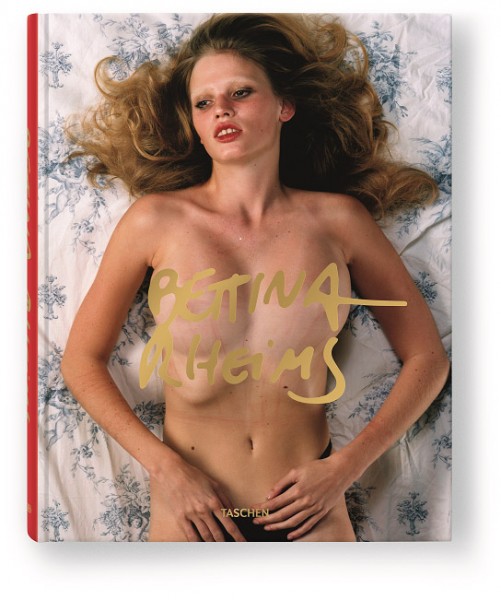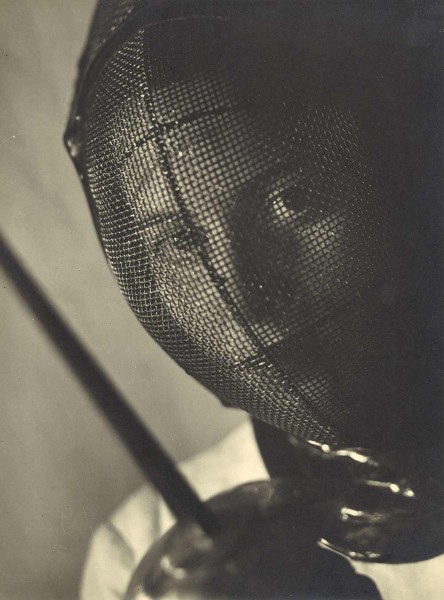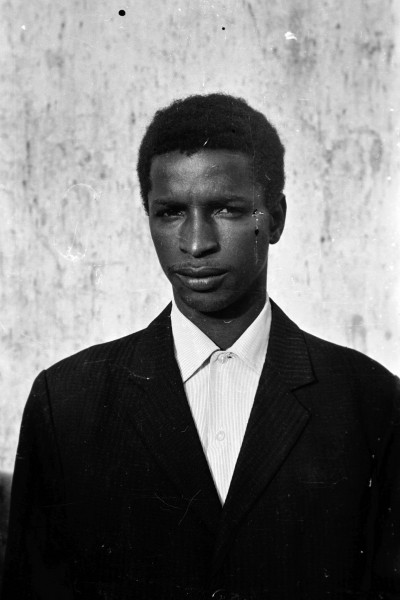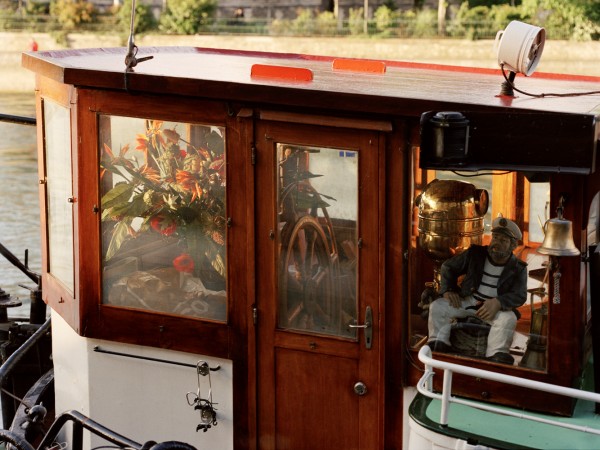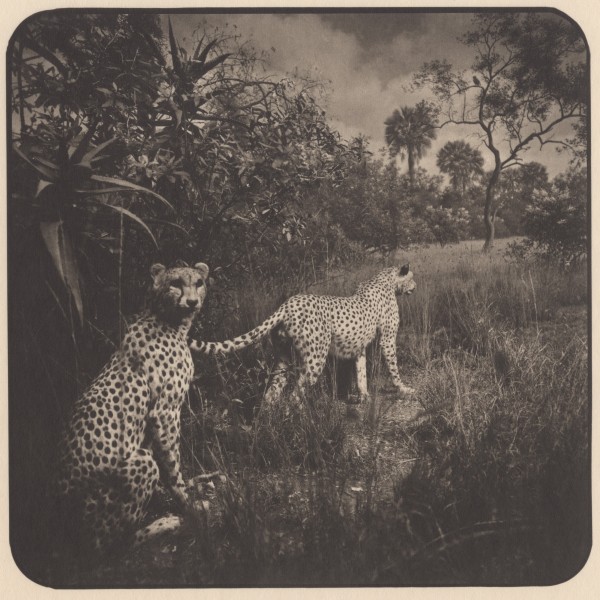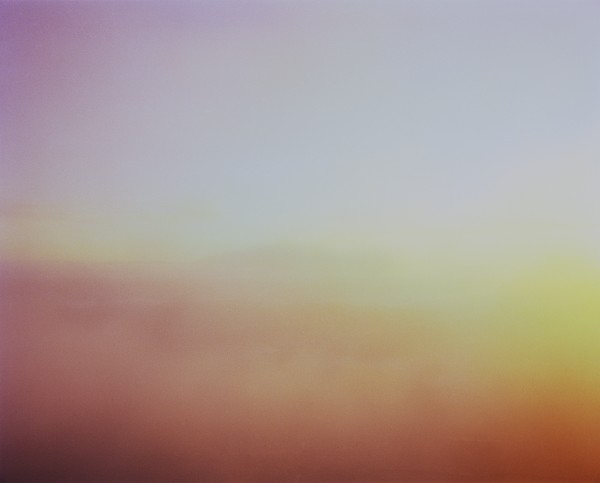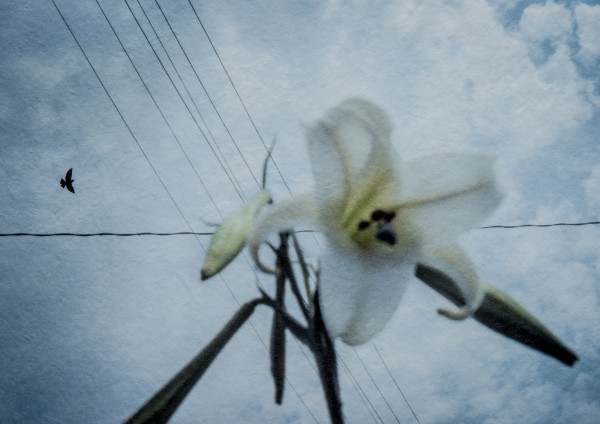In 1935 the MoMA in New York commissioned Walker Evans, who was just 38 years old, to create a series of photographs of 450 of the 603 masks, sculptures and objects of African Art presented in their exhibition “African Negro Art” (*). This ground-breaking event, the first exhibit financed by an art museum rather than an ethnographic museum, marked the apotheosis of the West’s expressed interest in what was then called “negro” arts. Documenting this exhibition allowed the MoMA to extend its reach beyond the 60 000 visitors it would attract. By objectively capturing this sculptural art also called “primal”, Walker Evans knew he was contributing to perpetuate a bygone culture or one on the verge of extinction. This spirit would permeate the rest of his work.
The photographer dedicated months to this assignement, spending hours in the museum each night after closing, setting aside other projects so this one could be completed. He used a neutral white background and diffuse lighting which swept over the objects during the shoot to avoid shadows. His objective style, which he abandoned ocasionally to hone in on a detail, submitted itself to the requirements of his subject matter. The photographer sought to highlight the sculptural quality of the objects which had a decisive influence on modern art.
The gelatin silver prints presented in this exhibition were created in 1935 in Walker Evans Bethune Street studio, in New York.
- Seventeen portfolios of 477 prints were created at the request of the MoMA. The Metropolitan Museum of Art in New York exhibited the entire portfolio in 2000. The same exhibit was presented at the Musée du Louvre seven years later.
